Using the pentatonic scale to create licks in your rhythm guitar playing
Do you want to create your own little solos, or do you want to just throw in some licks when playing rhythm guitar, without having to think too much about what you are doing? If you want to come up with your own little licks, without any knowledge about improvisation or music theory, this article might help you further.
An easy way to create your own licks or little solos, without having to put too much thought into it, is to use the pentatonic scale. The word 'penta' means five, so we are talking about a scale which has five different notes in it. To use this scale for some simple licks in between your chord progressions or licks, you don't have to know much about music theory, you only have to memorize the following scale pattern on your fretboard:

It isn't hard to memorize, right? You see that some dots are circled in black, this are the 'root notes' of the minor key you are in. Depending on which key your are playing in, this scale pattern will start from a different fret. So for example if you are playing in A minor, you will start playing the pentatonic scale from the 5th fret (or 17th fret), which is the note 'A'. If you are playing a chord progression or a riff in E minor, you will start the pattern either from the 12th fret, or from the open string, which both is the note 'E'.
If you are playing in a major key, the root note will be on the red circled dot. For example, if you are playing in D major, the red circled dot will be on the 10th fret, which is the 'D' note. In this case your pattern will start from the 7th fret, since the first note of the pentatonic scale is three frets lower than the red circled note.
So depending on the key you are playing in, you just 'move' the pentatonic scale pattern across your fretboard, just as you would move a powerchord from one fret to the other.
You got it so far? If yes I have good news for you, there is no more music theory to learn, in order to apply the pentatonic scale in your playing! All you need to do, is to find the pentatonic scale pattern above on your fretboard, to know in which key your song is in and to know where the notes are on your low E-string!
Applying the pentatonic scale into your rhythm guitar playing
Now that you know how to play the pentatonic scale in different keys you can begin to use it in the songs you are playing. If you've never improvised before, you want to get a bit familiar with this scale first. You can do so, by just playing the notes in the scale in any random order you want.
Once you feel more comfortable with it you can combine it with the chords you are playing. A good way to do so, is to leave a chord out and replace it by playing a short lick on the pentatonic scale. For example, if you are playing a chord progression in G major that is four measures long, you could just leave out the last measures' chords and play a short lick instead.
We could take Knocking on heavens door for example, where you have the chord progression: G D C C. To play your pentatonic licks, you could just leave out the last C chord once in a while. Again, you can play the notes in the pentatonic scale in any order you wish, the more you do it, the more you get a feeling for it.
Because we are in G major, the pentatonic scale would start from the open E string, or the 12th fret, because the note G is on the 3rd and the 15th fret (Remember, to play in a major scale, the red circled dot is three frets higher from where your pentatonic scale starts).
Author of this article is Marco von Baumbach, teaching guitar in Wuppertal, Germany. Check out his website Gitarrenunterricht in Wuppertal
